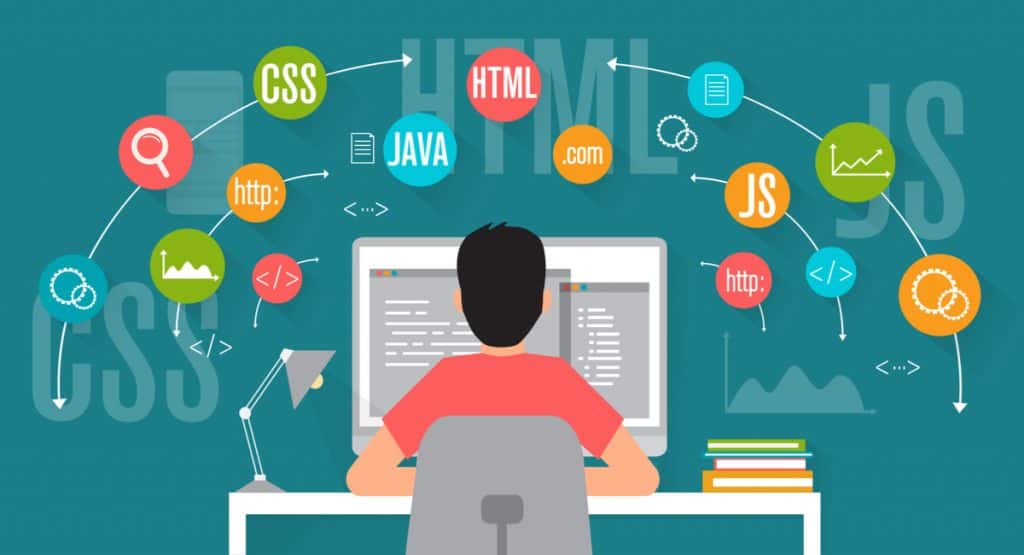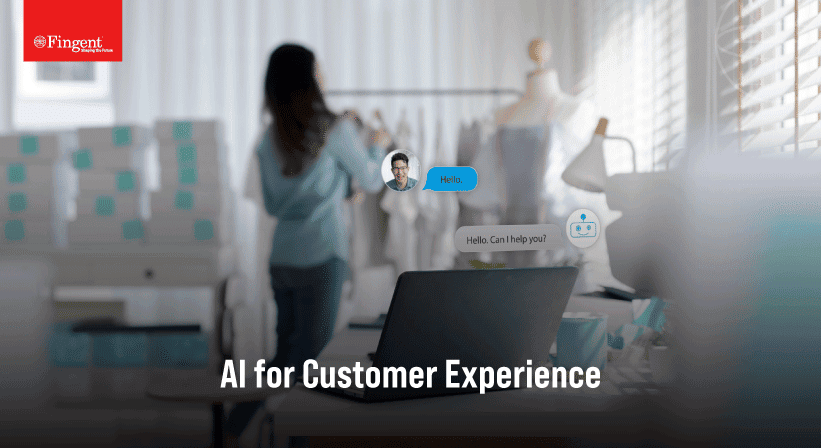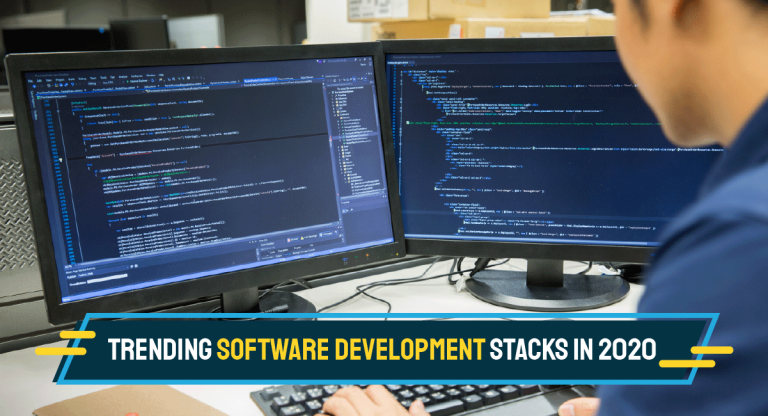5 Convincing Reasons To Adopt The Headless CMS Sanity.io
How Sanity.io manifests the value of headless CMS
In our recent white paper, we stated that customer experience will overtake price and product as the key brand differentiator in 2020. We also discussed how the rapid evolution of both customer expectations and CX technologies is a wakeup call for both CX and IT leaders.
So, that’s it! Any business failing to deliver omnichannel customer experiences or remaining inactive across their website, mobile application, voice assistant, email, social media profiles, or online customer support is sure to face peril. This has set in a new level of expectation as to how digital content should be managed. Definitely, this puts the onus on companies to adopt a headless content management system (CMS).
Now, the question is what’s wrong with the traditional CMS? If WordPress, Drupal, or Joomla allows you to have both the CMS and the website’s design in one place, wouldn’t it be easier to make updates and manage your content seamlessly? Then why did leading brands like Cornerstone, Cloudflare, and Eurostar move to Sanity, one of the top headless CMS platforms?
Here, we tell you what’s a headless CMS and why many industry leaders have adopted Sanity.io.
The Headless CMS Movement
Remember the “pre-CMS era” where you had to update HTML pages manually and upload them on the website via FTP and perform a lot more steps? The birth of popular content management systems like Drupal and Joomla not only gave us relief, also did they tempt us with convenience. However, these legacy platforms often force us to solicit assistance from developers working on a specific CMS and require us to spend more time, resources, and budget for maintenance and enhancements.
A traditional CMS ideally fits an enterprise-level small business website or a personal website, especially if you do not have to share content with multiple digital devices or platforms. With cross-channel content dissemination at the speed of light becoming the Holy Grail, the monolith, single storage feature offered by traditional CMS is easily giving way to headless CMS.
Read more: Top 6 Tech Stacks That Reign Software Development in 2020
Decoding Headless CMS
In simple terms, a headless CMS is a content-first CMS where the content repository (body) is decoupled/separated from the presentation layer (head). It’s a back-end only content management system that makes content accessible to external clients for display through APIs.
The result: Even a non-developer can create or edit content without getting worried about how the content will be displayed or consumed by the external systems. If you need to publish content on multiple platforms all at once, headless CMS is the best choice.
The beauty: Headless CMS is front-end agnostic. You can choose the framework or tool you like for displaying content to the end-user. It allows front-end developers to solely focus on the presentation layer without thinking about how the content will be managed.

5 reasons to go for Sanity, the popular headless CMS
“Build with structured content” is the byword of Sanity. However, the platform makes no assumptions about how your content is structured, created, validated, and presented. This offers you the flexibility to deliver structured content into any digital devices or applications via Sanity’s real-time, cloud-hosted APIs and customizable open-source editing environment.
1. Get started in no time
You can quickly get started with Sanity.io by downloading CLI from npm and use it to launch a new project. Alternatively, you can go to Sanity’s starter projects that will help you get started in minutes with its preconfigured Sanity Studio and a functional front-end with a range of frameworks to choose from, all deployed to Netlify with source code on GitHub.
2. Superior editing features
Sanity’s editor or the Sanity Studio is a flexible, open-source application that allows you to define content models with simple JavaScript. A single-page app built with React.js, Sanity Studio allows you to customize or extend it using your own React.js components. Its advanced features help you modify workflows for your editors. Along with customization, Sanity Studio offers core features like Block Content, Structure Builder, and a Dashboard plugin.
3. Exceptional APIs
The primary reason for choosing a headless CMS is its API-first pattern that allows you to access the content through APIs.
Sanity offers two powerful APIs for reading, writing, querying, and patching documents:
- api.sanity.io which is the live uncached API
- apicdn.sanity.io which is the CDN-distributed, cached API
Sanity also supports deploying GROQ and GraphQL APIs to query your content. The platform’s Data Store resides in the cloud and can be accessed via Sanity API either using Sanity’s client libraries or through the HTTP API directly.

4. Matured technology stack
Sanity is a cloud-hosted CMS with a real-time content studio and hence all the data is synced instantly. The underneath architecture involves mature technologies such as PostgreSQL, ElasticSearch, and JavaScript, and the blazing-fast React. It doesn’t save HTML, XML, or rich text in the database, but in rational object structures. For instance, if you want Alexa to read from your text fields, then you don’t have to parse HTML. Sanity comes packed with its well-maintained JavaScript, HTML, and PHP clients allowing you to be up and running fast with the front-end framework of your choice.
5. User-friendly headless content models
Though you require someone with basic JavaScript knowledge to get started with Sanity, it isn’t hard to find a person who is familiar with the popular web programming language. Sanity enables content editors, visual and interaction designers, and technology professionals to collaborate on building the information architecture. Front-end developers can save their efforts by accessing content fields instantly through APIs.
Need more reasons to fall for headless CMS?
To give you an example, Sanity prevents you from getting “locked-in”. Despite being a SaaS platform, Sanity allows you to easily export your content and use it wherever you need. Same with the front-end frameworks that we saw above. Customized editorial experiences, structured content approach, minimal hidden costs, pay-as-you-go pricing model, and a number of stunning features will make you say “Yes” to the headless CMS model.
If you would like to know more about Sanity.io or any other headless CMS platform that you’re currently considering, drop us a line immediately.
Stay up to date on what's new

Recommended Posts

30 Jul 2023 B2B
SAP Customer Experience: Creating Seamless Omni-Channel Experiences
Businesses find themselves at a critical juncture as customer expectations soar and their loyalty hangs by a thread. The key to captivating and retaining customers lies in mastering the art……

11 May 2023 B2B
Boosting Customer Experience with AI
“A simple rule: always give people more than they expect.” - Nelson Boswell The cycle of business starts and ends with customers. Keeping them satisfied and happy is the……

16 Mar 2023 Utilities Travel
Top 10 Tech Stacks That Reign Software Development in 2024
Top 10 Tech Stacks That Reign Software Development in 2024 What is a Technology Stack? A technology stack, also known as a software stack or development stack, is a combination……

14 Feb 2023 B2B
How AI and ML Are Reshaping Customer Experiences
No longer the stuff of science fiction, artificial intelligence (AI) and machine learning (ML) are revolutionizing the way customers interact with brands. Businesses that have embraced these technologies can reshape……
Featured Blogs
Stay up to date on
what's new















 US
US Insurance
Insurance









































